How Mitosis Enhances the Potential of Layer 1 Projects in the Future of Web3
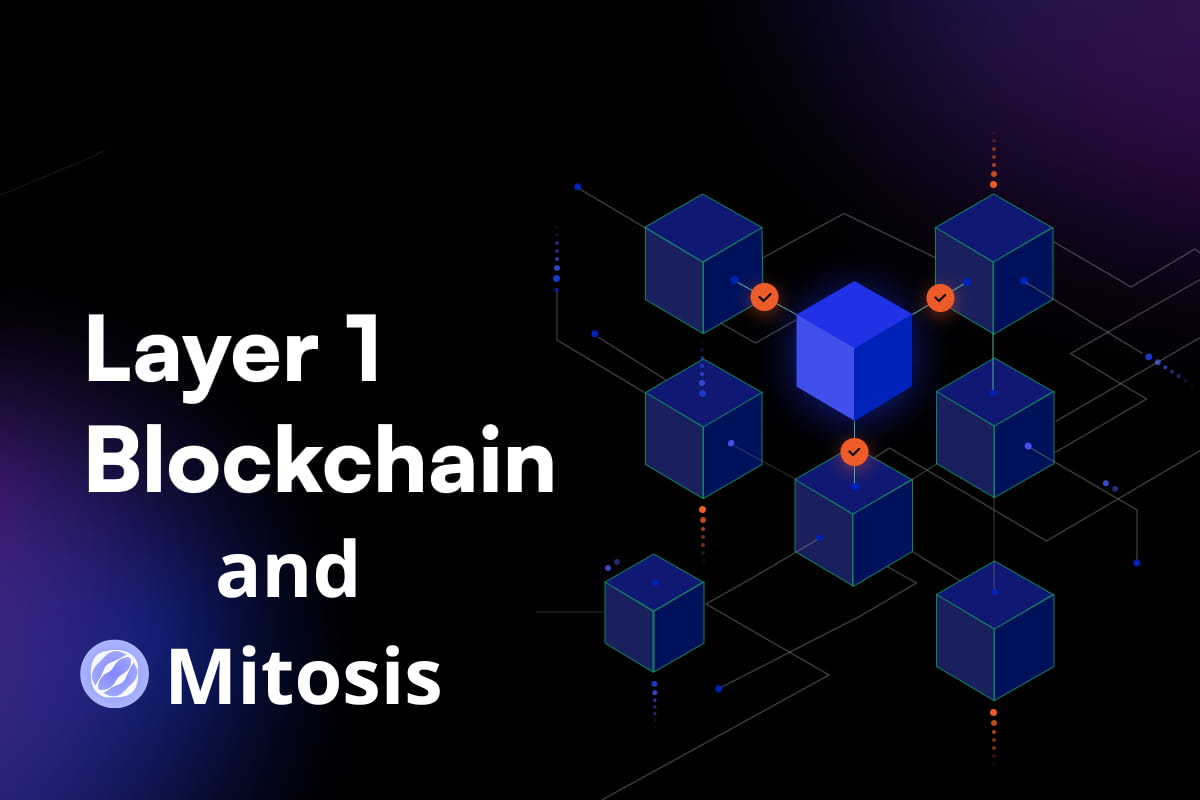
Imagine a world where blockchains don’t compete but work together as a unified whole, amplifying each other’s strengths. This isn’t a fantasy—it’s a tangible future we aim for with the evolution of Web3. At the heart of this transformation are Layer 1 projects, which hold the potential to overcome the limitations of traditional blockchain ecosystems and synthesize their capabilities through the innovative Mitosis technology.
Although Mitosis is still in its early stages, its concept promises to become a catalyst for profound changes in the blockchain space.
How can this technology redefine the way decentralized applications are built and address the challenges of interoperability? In this article, we’ll explore how integrating Mitosis can accelerate Web3’s growth, empower Layer 1 projects with new horizons for scalability and collaboration, and pave the way for a synergy that once seemed out of reach.
Why is Layer 1 the foundation of Web3?
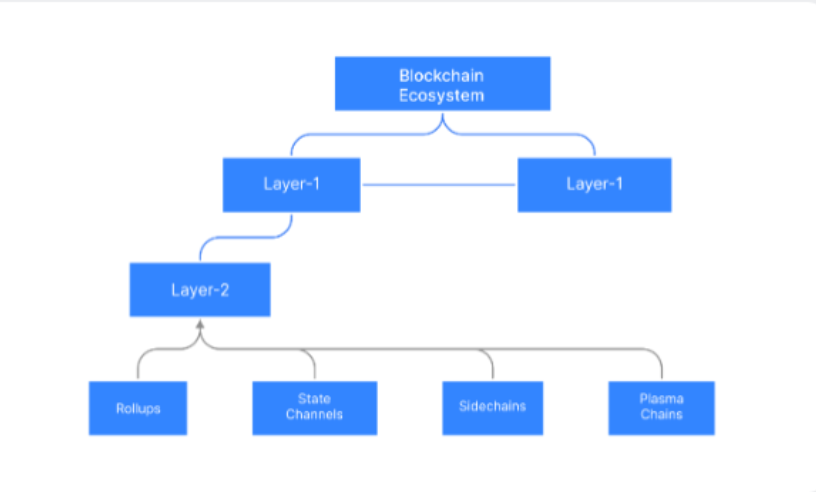
Layer 1 projects like Ethereum, Solana, and Avalanche represent the foundational layer of blockchain ecosystems on which decentralized applications (dApps) are built. Their importance cannot be overstated:
- Scalability: Layer 1 is the core responsible for processing transactions and ensuring data security.
- Innovation: This is where protocols emerge, setting industry standards (e.g., Ethereum’s smart contracts).
- Network Effect: The more users, the greater the value of the ecosystem.
Evolution of Layer 1 Over the Past 5 Years
Early Phase (2018–2020)
- Ethereum dominance: The network led the market but struggled with congestion due to DeFi’s rising popularity.
- Emerging alternatives: Platforms like EOS and TRON offered high throughput but lacked decentralization, limiting their adoption.
Increased Competition (2020–2022)
- Networks such as Solana, Avalanche, and Binance Smart Chain entered the market, attracting attention with low fees and high performance.
- Ethereum began its transition to Ethereum 2.0 to maintain its leadership position.
Current State (2023–2024)
- Ethereum completed the Merge, improving energy efficiency. Danksharding is the next step to enhance scalability.
- Solana and Avalanche continue to implement unique scaling mechanisms.
- Layer 1 networks compete for developers and users by offering advanced tools and better conditions for building applications.
TPS (Transactions Per Second) Comparison
- Ethereum (pre-sharding): ~15 TPS
- Solana: up to 65,000 TPS
- Avalanche: ~4,500 TPS in subnets
- Ethereum (post-sharding): Expected to reach several thousand TPS
Leaders and Trends
- Ethereum: Maintains its lead through community support and Layer 2 scalability.
- Solana and Avalanche: Excel in niche markets due to speed and low costs.
However, Layer 1 also has its limitations:
- Isolation: Many networks operate independently, making interaction between them more difficult.
- Integration Complexity: For developers, creating applications that support multiple networks requires additional effort.
Scalability: Despite progress, many blockchains face performance issues as load increases.
How does Mitosis solve Layer 1 challenges?
Mitosis: A Technological Breakthrough for Layer 1 Challenges
Mitosis is a technological innovation designed to help Layer 1 blockchains overcome their most significant limitations, paving the way for a new level of efficiency, interconnectedness, and scalability. Let’s delve into how Mitosis addresses key challenges in the blockchain space.
Before diving into practical examples, let’s first unpack some of the theory behind Mitosis. We’ll return to concrete use cases shortly.
1. Overcoming Network Isolation
One of the fundamental issues with traditional Layer 1 blockchains is their isolation. Each blockchain operates within its own ecosystem, making it difficult for projects and networks to interact seamlessly. Mitosis eliminates these barriers by introducing a universal mechanism for the seamless exchange of assets and data across ecosystems.
This innovation unlocks the potential for a new generation of decentralized applications (dApps) capable of operating on multiple blockchains simultaneously, enhancing flexibility and expanding functionality.
2. Scalability Through Multi-Chain Architecture
As user numbers and network activity grow, many blockchains struggle with performance issues. Mitosis tackles this challenge with its multi-chain architecture. By distributing workloads across multiple networks, it significantly boosts throughput and reduces the risk of bottlenecks, especially during periods of peak activity.
This is particularly critical for high-demand applications such as DeFi platforms and GameFi projects, which require rapid transaction processing and high reliability for large user bases.
3. Simplified Integration for Developers
Developing applications that interact with multiple blockchains has traditionally been a complex and resource-intensive process. Mitosis streamlines this with standardized tools that simplify integration.
Instead of crafting bespoke solutions for each network, developers can leverage unified interfaces to interact across various Layer 1 chains. This reduces development time, minimizes errors, and leads to the creation of more stable and robust applications.
For further insights into network isolation and scalability challenges, refer to this Binance Academy article.
4. Benefits of Mitosis for Web3
- Enhanced Interoperability: Developers can integrate dApps that support multiple blockchains, facilitating efficient data exchange between ecosystems.
- Cost Optimization: Standardized tools and unified interfaces reduce infrastructure and development expenses, making ecosystems more sustainable and accessible for users and investors alike.
- Improved Security: Mitosis significantly enhances data security during cross-chain transfers through its transparent and verified architecture. This is especially crucial in areas like DeFi, where transaction and asset safety are paramount.
- Modular Architecture for Optimized Performance
Mitosis adopts a modular architecture, dividing blockchain functions such as consensus, transaction execution, and data storage into separate components. This enables the optimization of each element, resulting in a more flexible and scalable system.
This modular approach not only enhances blockchain performance but also unlocks new possibilities for the development of innovative solutions and dApps.
Transitioning to Practical Examples
Now that we’ve explored the foundational concepts, let’s move on to real-world examples showcasing how Mitosis can revolutionize the blockchain landscape.
Synergy Between Layer 1 and Mitosis: Examples and Opportunities
Hypothetical Scenario: “How a Layer 1 Project Can Double Its User Base Through Integration with Mitosis”
Mitosis is a technology that can transform isolated Layer 1 blockchains into part of an interconnected ecosystem, where data, tokens, and transactions can freely move between networks. Let's look at how this could work in the future through hypothetical scenarios.
- Freedom for DeFi Users
Imagine using a decentralized exchange (DEX) on the Ethereum blockchain, but wanting to trade assets that only exist on Solana. With Mitosis, the DEX can connect to liquidity from other blockchains, allowing you to buy and sell assets from different ecosystems without leaving the Ethereum interface.
How does this work?
Mitosis acts as a "bridge" that processes transactions between Ethereum and Solana, converting assets in real-time. This simplifies access to multi-blockchain liquidity and eliminates the need for centralized exchanges. - NFTs Without Boundaries
Collectors often face a limitation: their NFTs are "locked" in one network. For example, NFTs on Avalanche cannot be sold on a marketplace that only supports Polygon. Mitosis solves this problem.
Real example:
With Mitosis, your NFTs on Avalanche can be transferred to Polygon without losing metadata or token uniqueness. This increases market liquidity as collectors from different ecosystems can access a unified platform for trading. - Multi-Network GameFi Projects
Blockchain-based games (GameFi) face the challenge of players often being tied to a single network. With Mitosis, developers can create games where resources and in-game items freely move between different Layer 1 networks.
How does it look?
A player in a game on BNB Chain can buy an item using tokens from the Fantom network, then transfer this item to another game on Ethereum. Mitosis automatically handles the token conversion and data compatibility. - Global Liquidity for DeFi
One of the problems with decentralized applications is limited liquidity within a single blockchain. Mitosis allows DeFi applications to access liquidity from multiple networks.
Example:
Imagine you want to take out a loan in USDC on Avalanche, but liquidity is insufficient. Mitosis enables the platform to pull liquidity from Ethereum, increasing the amount of available funds and lowering interest rates. - Convenience for Developers
Typically, developers need to delve into the nuances of each blockchain: tokens, standards, tools. Mitosis abstracts away all these complexities, providing a unified platform for interacting with different Layer 1 networks.
Advantage:
A developer creates a smart contract for the application once, and Mitosis adapts it to meet the needs of each network. This saves time, simplifies integration, and reduces the likelihood of errors.
Integration of Mitosis with Layer 1 projects is a significant step toward creating a global and interconnected Web3 ecosystem. With Mitosis, these projects have the opportunity to overcome issues of isolation, enhance scalability, and unlock new possibilities for both users and developers.
Key takeaways:
- Layer 1 projects remain the foundation of Web3, but their capabilities can be greatly enhanced through integration with Mitosis.
- Mitosis simplifies interaction between different networks, improves performance, and opens up new possibilities for decentralized applications.
- For maximum effect, joint efforts from all ecosystem participants, focused on implementing advanced solutions, are essential.
Future trends and opportunities:
With the development of Mitosis integration with Layer 1 projects, we can expect the emergence of new types of applications that combine multiple blockchains into a single interface, providing users with access to DeFi, NFT, and GameFi ecosystems without the need to switch between networks.
The integration of Mitosis with DeFi platforms across different Layer 1 blockchains may lead to the creation of global liquidity pools, reduced transaction costs, and improved conditions for users.
We can also anticipate the growth of an ecosystem where projects actively share experience and resources, creating more stable and flexible structures.
Conclusion:
Mitosis opens new horizons for blockchain interoperability, enhancing compatibility and liquidity while providing unique opportunities for the growth and development of the Web3 ecosystem. The future looks promising, and Mitosis could become a key factor in shaping a more interconnected and efficient digital environment.
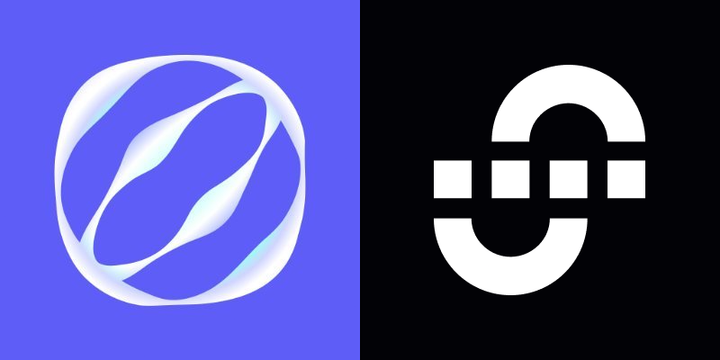
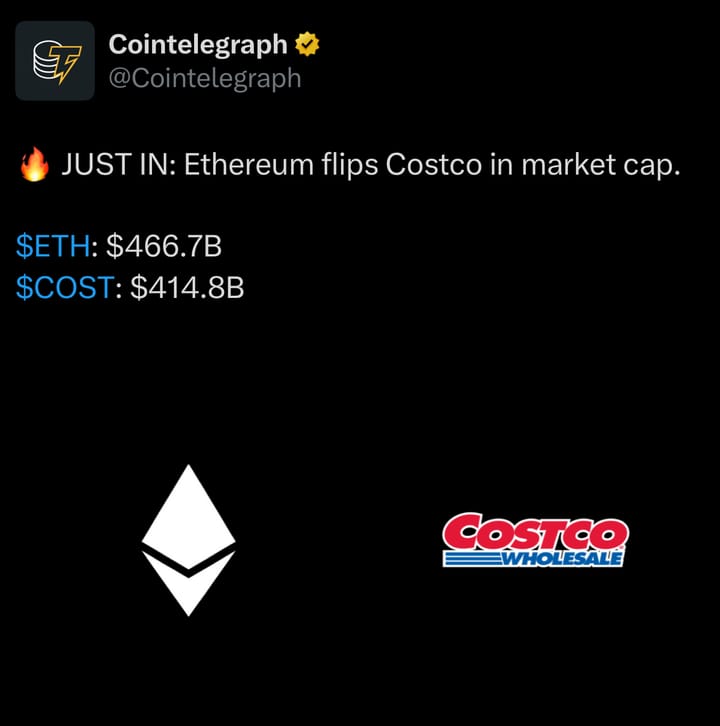
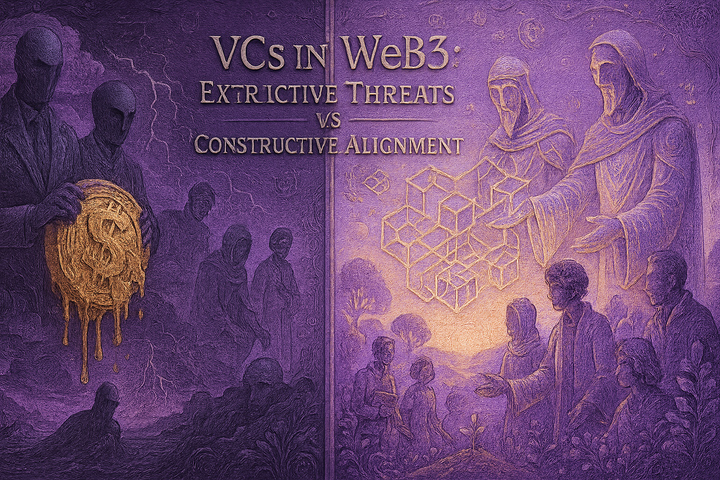
Comments ()